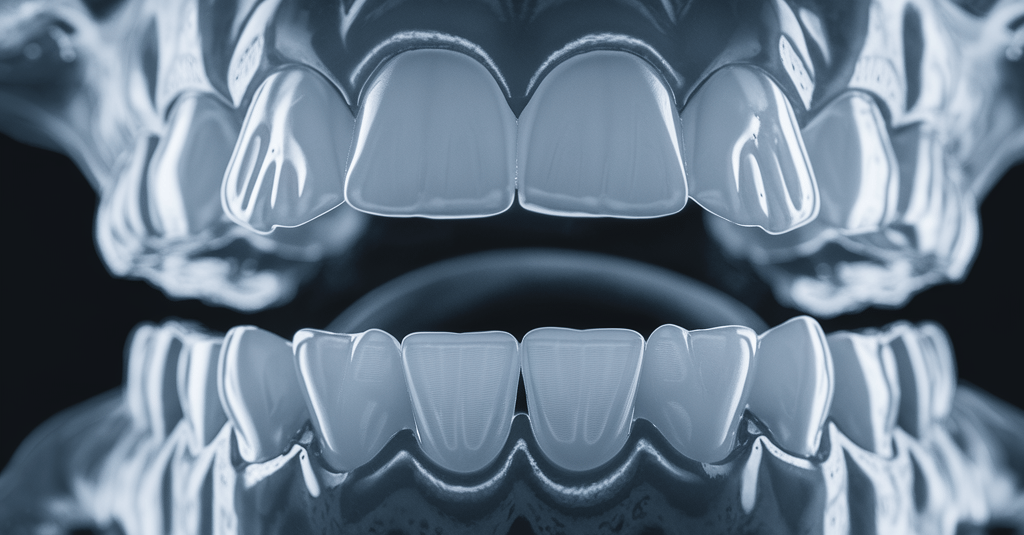Clear Aligners in Managing Posterior Bite Collapse: Treating Occlusal Disharmony
Posterior bite collapse is a dental condition characterized by the inability of the back teeth to properly occlude, leading to an imbalance in the bite. This issue can arise from various factors, such as tooth loss, wear, or periodontal disease, resulting in complications like discomfort during chewing, changes in facial aesthetics, and TMJ disorders. While traditional methods like braces and restorative dentistry have long been the mainstay for treating bite collapse, recent research suggests that clear aligners offer a promising, less invasive alternative. This article examines how clear aligners can effectively address posterior bite collapse, backed by recent insights from the field.
Azeem Jameel
10/24/20244 min read


Clear Aligners in Managing Posterior Bite Collapse: Treating Occlusal Disharmony
Introduction
Posterior bite collapse is a dental condition characterized by the inability of the back teeth to properly occlude, leading to an imbalance in the bite. This issue can arise from various factors, such as tooth loss, wear, or periodontal disease, resulting in complications like discomfort during chewing, changes in facial aesthetics, and TMJ disorders. While traditional methods like braces and restorative dentistry have long been the mainstay for treating bite collapse, recent research suggests that clear aligners offer a promising, less invasive alternative. This article examines how clear aligners can effectively address posterior bite collapse, backed by recent insights from the field.
Understanding Posterior Bite Collapse and Occlusal Disharmony
Posterior bite collapse results when the vertical height of the occlusion decreases due to inadequate contact between the posterior teeth (molars and premolars). This condition can have significant implications, including:
TMJ Dysfunction: An improper bite can lead to stress on the temporomandibular joint, causing pain and limiting movement.
Facial Aesthetics: A diminished vertical dimension can alter facial structure, leading to an aged appearance or asymmetry.
Chewing Efficiency: An ineffective bite can hinder proper chewing, affecting overall nutrition and digestion.
Recent studies highlight the increasing prevalence of posterior bite collapse in adults, especially among those with a history of tooth loss or extensive wear, underscoring the need for effective treatment options.
How Clear Aligners Can Correct Posterior Bite Collapse
Clear aligners provide a unique approach to treating posterior bite collapse, leveraging controlled, incremental movements. Here’s how they can help:
Restoring Vertical Dimension: One of the primary objectives in addressing posterior bite collapse is re-establishing the vertical dimension of occlusion. Clear aligners facilitate this by applying gentle, consistent forces to move the back teeth vertically. Recent research indicates that using attachments or specific aligner modifications can enhance the effectiveness of these movements, promoting more efficient vertical adjustments.
Balancing Occlusal Forces: By redistributing occlusal forces across the dental arch, clear aligners help alleviate excessive pressure on the anterior teeth (front teeth). Studies have shown that achieving a balanced bite not only improves chewing efficiency but also minimizes the risk of tooth wear and TMJ-related issues.
Managing Bruxism: Many individuals with posterior bite collapse experience bruxism, which exacerbates the problem. Clear aligners can serve as a protective device, helping to reduce grinding and clenching while simultaneously working to correct the bite. Research supports the use of aligners as a dual-function treatment—addressing both the malocclusion and the underlying habits that contribute to tooth wear.
Benefits of Clear Aligners for Posterior Bite Collapse
Recent findings emphasize several advantages of using clear aligners in managing posterior bite collapse:
Customization: Advanced digital scanning and 3D printing technologies allow for the creation of highly customized aligners. Research shows that personalized treatment plans can significantly improve patient outcomes, especially in complex cases like posterior bite collapse.
Enhanced Comfort: Clear aligners are less abrasive than traditional braces, making them a more comfortable option for patients. Studies indicate that patients report higher satisfaction levels with aligners due to their smooth surface and removability, which facilitates better oral hygiene.
Aesthetic Appeal: The nearly invisible nature of clear aligners makes them a preferred choice for adult patients who may be self-conscious about their appearance during treatment. This aesthetic consideration has been noted in surveys highlighting patient preferences for less visible orthodontic options.
Gradual Movement: The gentle, incremental movements facilitated by aligners reduce discomfort compared to more aggressive orthodontic approaches. This gradual adjustment process is beneficial for patients experiencing posterior bite collapse, as it minimizes shock to the dental and skeletal systems.
Challenges and Limitations
While clear aligners are effective for many patients, they do have limitations. Severe cases of posterior bite collapse, particularly those associated with significant skeletal discrepancies or extensive periodontal issues, may require more comprehensive treatment strategies, including surgical intervention or restorative dentistry. Moreover, the success of clear aligner therapy is heavily reliant on patient compliance—aligners must be worn for 20-22 hours daily to achieve optimal results.
Recent studies have also pointed out that treatment duration may vary significantly among patients with posterior bite collapse, depending on the complexity of their case. Thus, thorough case evaluation and patient education are essential to set realistic expectations.
Recent Research and Insights (2024)
Recent advancements in clear aligner technology have revolutionized their application in treating occlusal issues like posterior bite collapse. Key developments include:
Smart Materials: Innovations in aligner materials enhance their flexibility and adaptability, allowing for more precise movements. Research indicates that these materials can improve the efficacy of tooth movements, particularly for vertical adjustments.
AI-Driven Treatment Planning: The integration of artificial intelligence in treatment planning has improved the predictability of outcomes for patients with complex bite issues. AI models analyze vast datasets to optimize treatment protocols, offering clinicians better tools for managing posterior bite collapse.
Digital Workflow Improvements: The use of digital intraoral scanning provides more accurate impressions and aligns fabrication, minimizing the chances of errors that can impact treatment efficacy. Studies highlight that improved fit and comfort lead to better patient compliance and satisfaction.
Conclusion
Clear aligners represent a significant advancement in the treatment of posterior bite collapse, offering a patient-friendly and effective solution for correcting occlusal disharmony. By restoring the vertical dimension and redistributing occlusal forces, aligners not only improve function but also enhance aesthetic outcomes. While not every case may be suitable for aligner therapy, recent research underscores their growing role in managing this complex dental condition.

Connect
Social Accounts
+1 830 7451 586
Building 595, Block H3, Phase 2
Johar town, Lahore Pakistan
Address
Mail at:
Call at:


ClearCare Ortho offers premium-quality, exceptionally clear, and affordable orthodontic aligner treatments worldwide.
© 2023 Copyright ClearCare Ortho All Right Reserved.
info@clearcareortho.com
